Name: Mahonia is both the common name and the botanical name. One low bushy kind is known as Oregon grape, flowering in spring.
Botanical name: the botanical name Mahonia was given in honour of Bernard McMahon, an Irish emigrant who achieved great success and is sometimes known as the father of American gardening.
The genus mahonia is related to berberis, and is a member of the berberis family, Berberidaceae, has species in America and in China and the two, though obviously related, are very different in stature and in foliage.
The American species are much smaller shrubs with relatively small leaves and a more bushy growth habit.
The leaves of all mahonias are made up of leaflets and the smaller kinds have fewer leaflets on each leaf, just nine in some cases. It can look like the leaflets are single leaves attached to small leaf stalks. The American species flower in early to mid-spring while the Chinese kinds from late autumn to late winter.
On the bigger Chinese species, the leaves can carry as many as 40 leaflets on each leaf which gives a very dramatic, almost unearthly look. Both kinds have their merits and are worth their place in the garden.
Oregon grape, Mahonia aquifolium, gets the common name from the bunches of small blue-black berries.
This plant is fairly common in gardens and much used in public landscaping. It is found across western North America, thriving in well-drained ground, often in the light shade of scrubby trees especially pines. It is a tough, low-growing bush with hardy evergreen foliage and pretty flowers.
Less common is the similar Mahonia nervosa, a very pretty shrub that is sometimes sold in a grey-green version.
The most well-known of the Asian species is Mahonia japonica, native to China – not to Japan as the name implies. It makes a fine bush to about two metres tall and three metres across. It has evergreen foliage, thorny and holly-like, just like the American cousins, but each leaf carries up to 19 leaflets, nine opposite pairs and one at the end. Each leaflet has several spines at the edge of the leaf. Mahonia is related to berberis. The flowers of Mahonia japonica can appear in autumn or early winter and continue to open into spring. This species has an exquisite light sweet scent, described by some as lily-of-the-valley and by others as daffodil. Either are lovely sweet scents in any case. Similar to Mahonia japonica is Mahonia ‘Bealei’, once considered to be a species but now a variety of Mahonia japonica. It has a blue-green cast to the colour of the leaves and holds it shorter flower spikes more uptight.
Not often seen, except in big gardens and collections, is Mahonia lomarifolia with up to 41 leaflets on each long leaf, which gives it an almost prehistoric appearance. This is not as hardy as the others and needs to be given a sheltered sunny spot but it can grow to five or six metres tall with lanky bare stems and a tuft of leaves at the top. It is dramatic and sculptural in its appearance.
The two species Mahonia japonica and Mahonia lomarifolia have been hybridised to give Mahonia x media.
Several named varieties have become quite popular. These normally have up to 21 leaflets. ‘Charity’ is the best known of these with lots of flower spikes, upright at first and then arching with the weight of flowers as they open. ‘Winter Sun’ has arching bright yellow flower spikes.
‘Lionel Fortescue’ has upright, bright yellow flowers, up to 40cm long.
Any of these mahonias are worth growing for their good evergreen foliage and their flowers, especially the ones that flower in autumn and winter, when there is so little else in flower. All kinds like good soil, but will grow in any soil that is not wet, and the American kinds tolerate dry soil well.
Some of the Asian kinds can grow tall and lanky but all kinds can be cut back after flowering and will re-sprout well.
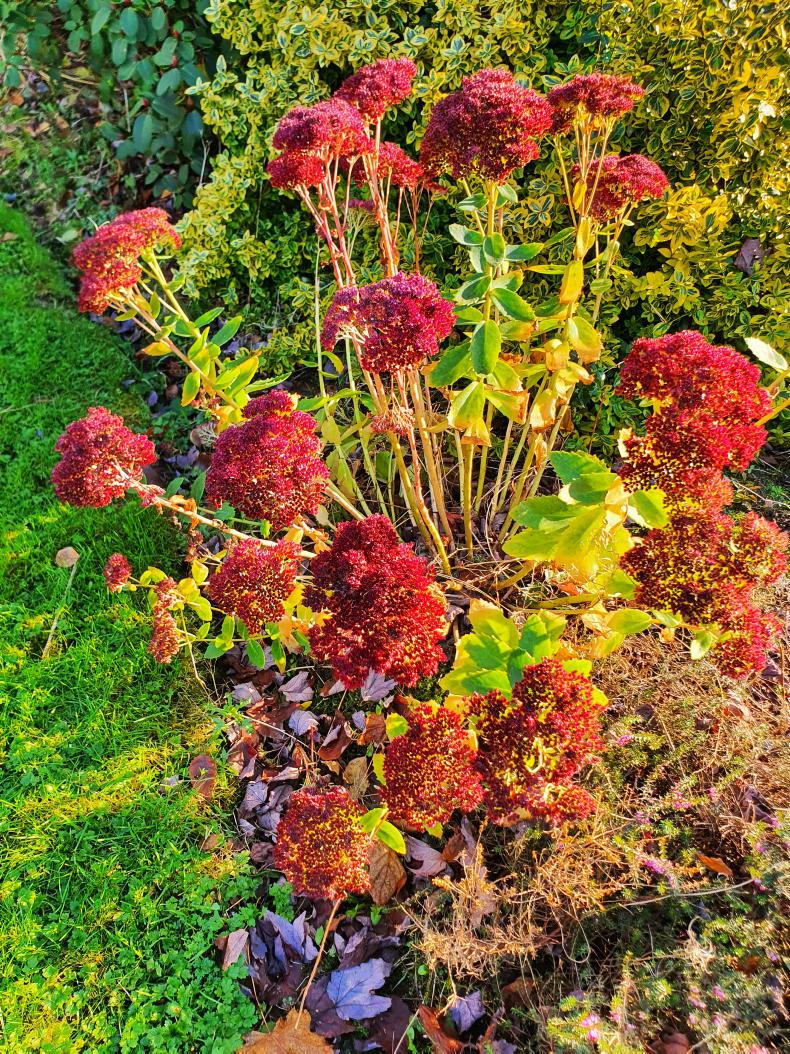
This is not only the traditional time of year to start planting trees and shrubs, but it is a good time to plant new plants of perennial flowers. Plants put in now have several months to settle and make some root growth before the growing season begins again in earnest. Newly purchased plants can be used or existing clumps of perennials can be divided to start new clumps in other parts of the garden.
Fruit, vegetables and herbs
Apple and pear trees and blackcurrant bushes can be pruned. All kinds of fruit trees and bushes can be planted when the soil is not too wet. Herbs can be tided up, lifting perennials such as mint and lovage and replanting them.
Flowers
It is not too late to put out some winter bedding and wallflowers for spring. Ideally these are best planted before the end of October but quite good results can be obtained. Tidy up messy stems of flowers but leave good seed-heads for winter effect.
Trees, shrubs and roses
Trees shrubs and roses can be planted if the soil is not too wet. Losses among trees and shrubs planted into wet ground will be increased because the roots are deprived of oxygen. Rose bushes can be shortened to prevent wind-rocking, and fully pruned later.
Lawns
Late autumn growth has left lawns looking very well. But avoid walking on a wet lawn as it can be very damaging to the soil structure. Take advantage of occasional spells of dry weather when the ground will firm up enough to carry out a light mowing.
Greenhouse and house plants
Ventilate on bright days to allow some drying of the air in a greenhouse. Make sure that a frost protection heater is working if there are tender plants that a hard frost might damage. Water sparingly. House plants should be given good light.




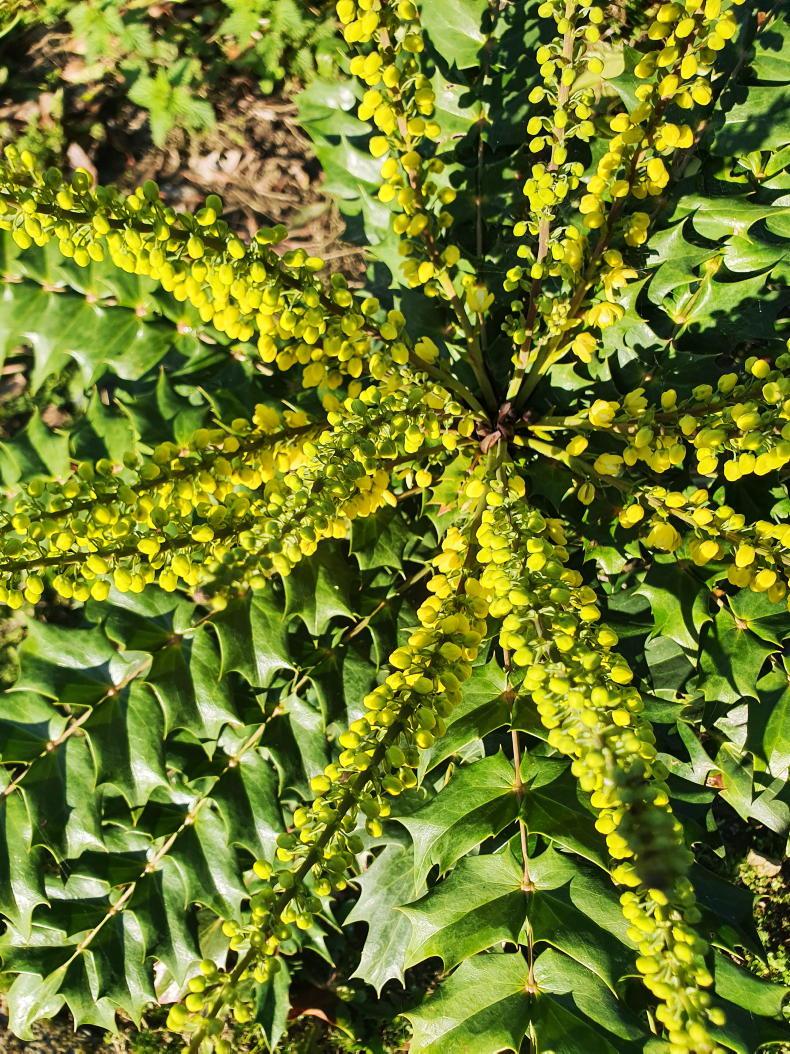
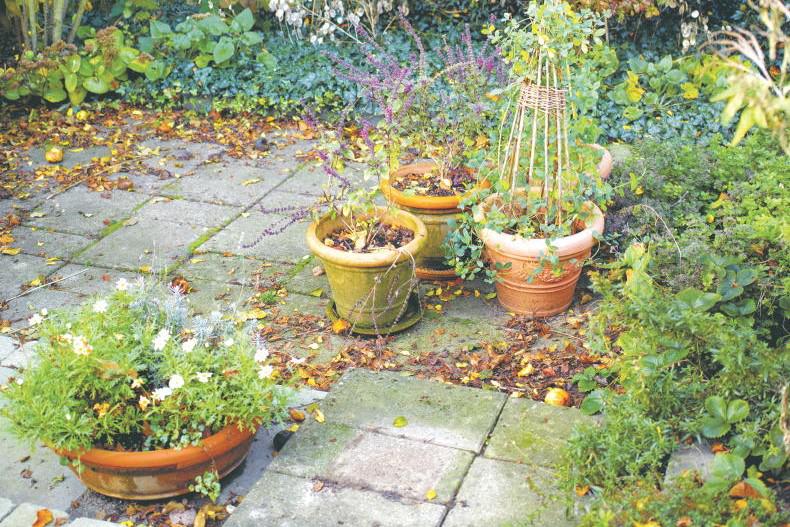
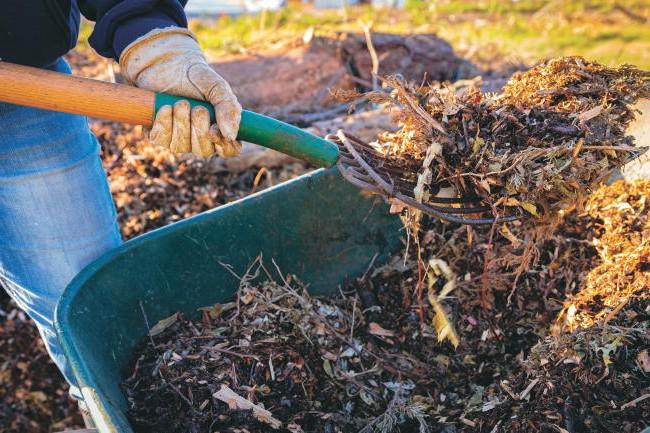

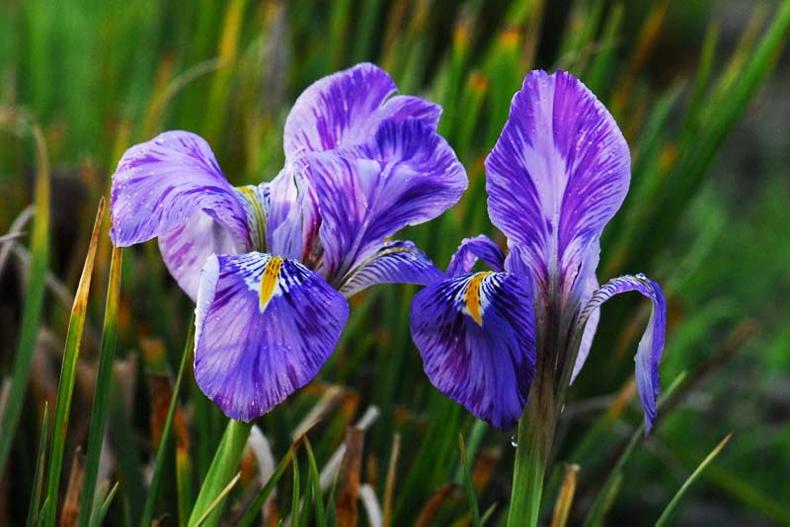
SHARING OPTIONS